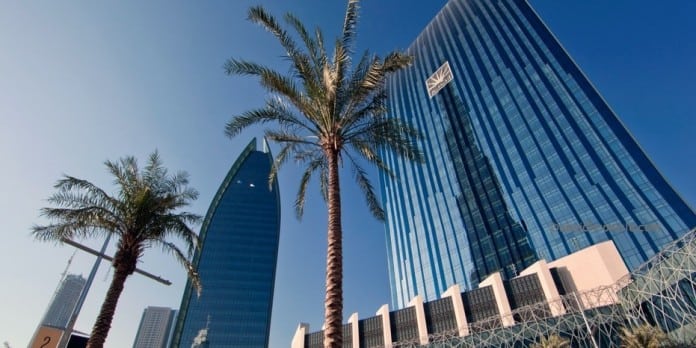
Dubai real estate market was one of the worst performing in the world during the first three months of 2015. House prices fell by nearly four percent. According to property consultants, in certain areas of Dubai prices of residential properties have fallen by as much as 25% by the middle of June in comparison to the same period of 2014.
Knight Frank’s Global House Price index ranked Dubai 53rd out of 56 property markets analysed for annual price growth. Only Ukraine, Cyprus and China performed worse for annual price growth, falling 15.5 percent, 8.2 percent and 6.4 percent respectively compared to Dubai’s slump of 6.1 percent. The Global House Price index recorded its weakest annual growth for three years, rising by just 0.3 percent in the year to March 2015. Seven of the top 10 countries ranked by annual house price growth are now in Europe. Around 75 percent of countries tracked by the index recorded flat or positive annual price growth in Q1 – three years earlier this figure was closer to 47.2 percent.
Over the past decade, Dubai real estate market has been among the most volatile globally, swinging from boom to bust to boom again. Prices recovered to near peak values after falling by about half from their 2008 highs, but are now weakening again.
According to the mid quarter research report from Phidar Advisory the ongoing erosion of sale prices is a healthy correction. The more significant concern is the scale and nature of the upcoming launched and announced projects.
Apartment lease rates decreased a nominal 2.4%, while sale prices decreased 1.5%, marginally tightening yields. Lease rates for villas decreased 0.6% and sale prices decreased 2.9%, which pushed up yields slightly. Again, according to property consultants these rates seem mildly estimated.
In the first five months of 2015, apartment transaction volumes were down a modest 1.5%, compared to the same period in 2014. SFH volumes contracted almost 25%, over the same period. This is based on initial transaction data from the Dubai Land Department, which is subject to revision.
There are also income specific supply-demand imbalances. The most vulnerable segment is housing supply with current annual rents of AED100,000 to AED 160,000 per annum, which could be oversupplied by up to 40% in five years.
Over building in the middle high income segment is likely to increase competition and lead to supply reordering. The potential for total market disequilibrium increases significantly when adding announced projects into the supply pipeline, the Pidar report points out. Total market vacancy could reach 11% by 2020. Factor in a healthy frictional vacancy and the total vacancy rate converts to a 7% oversupply.
There is an opportunity to reposition upcoming products to meet the city’s anticipated housing needs. If current projects announcements convert into launches, the probability for instability by 2020 will increase significantly.























![The Square at Nad Al Sheba Gardens Now Open hope tax season treated you well! Just checking in—ready to refocus on growing your business? I remember how we discussed scaling your [specific aspect of their business, e.g., online presence] but paused due to time constraints. We now offer a streamlined 6-month plan that delivers real results without adding to your workload. Let me know if you'd like to chat—I’d love to help you pick up where we left off!](https://www.dubaichronicle.com/wp-content/uploads/2024/11/The-Square-5-218x150.jpg)








